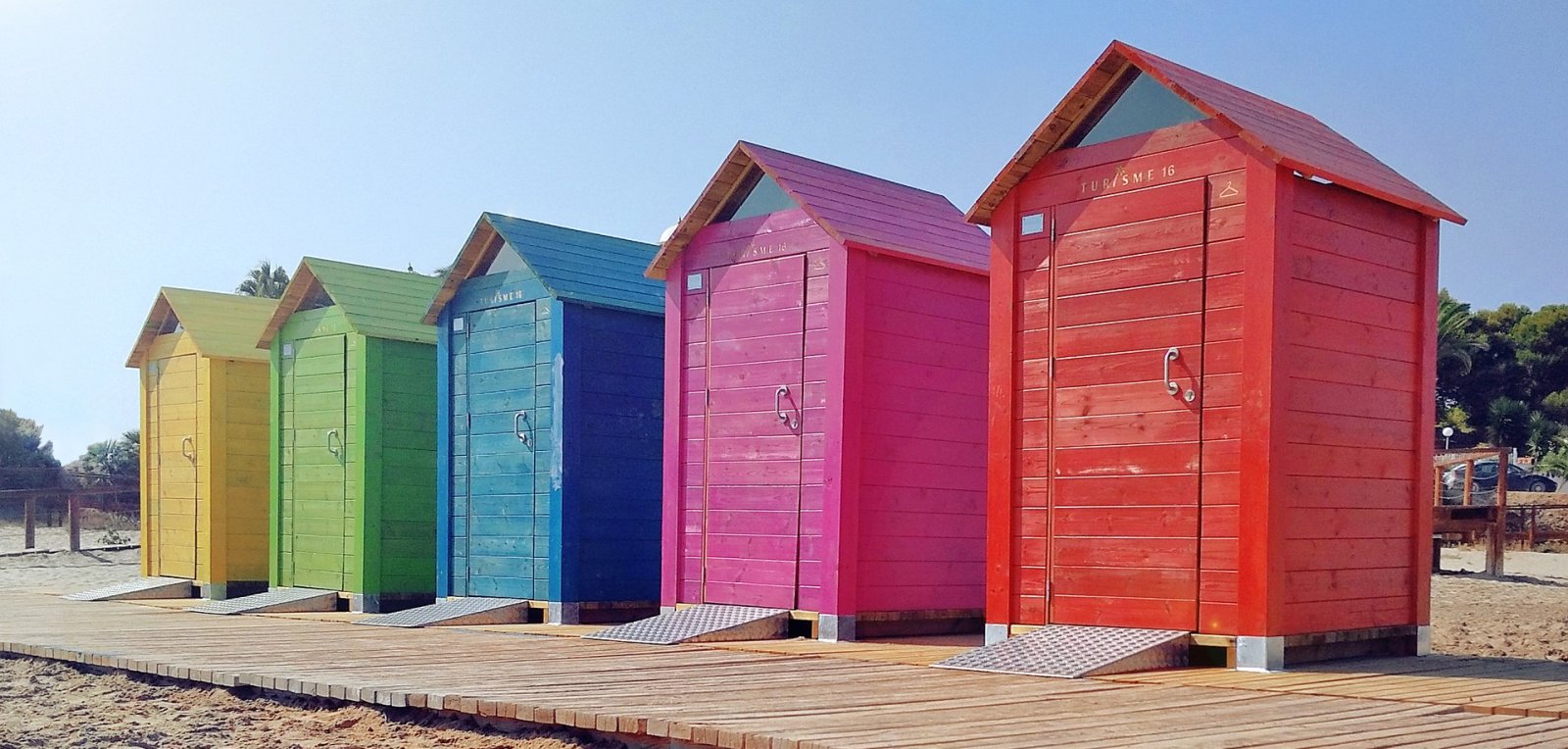Today, we will focus on which verbs to use with adjectives of color in Spanish. In general, the choice will be between ser and estar, and we must always place the verb before the adjective.
Permanent or temporary?
When deciding which verb to use, remember to pick ser when talking about a permanent (-ish) characteristic of the noun. On the other hand, you should opt for estar when referring to a temporary state.
We normally use adjectives of color to refer to a permanent characteristic of the noun. For example:
Tip: Click on any of the linked sentences in this article (while on a mobile) to add them directly to your Fluent Forever app, so you can study them later. Don’t have our app yet? Download it here!
- La madera de los árboles del bosque es café. (The wood of the trees in the forest is brown.)
Easy, right? Here we use the verb ser (conjugated as es) because we know that the wood will always be brown.
What if it’s both?
Now, let’s think about a more complex example where we can also use the verb estar:
- La madera que se encuentra en el bosque es café, pero ahora está roja porque se está quemando. (The wood found in the forest is brown, but now it’s red because it’s burning.)
In this example, we’re talking about a permanent characteristic of the wood (we’re saying that it is brown), but we’re also describing a temporary state of it (the wood is temporarily red because it’s burning). Let’s look at a few more sentences of this type:
- Las plantas están verdes porque aún no han retoñado, pero luego sus flores serán rosadas. (The plants are green because they haven’t budded yet, but then their flowers will be pink.)
Note: In this sentence, the conjugated form of the verb ser is serán, which is in the future tense.
- El pájaro que canta todas las mañanas en mi ventana es amarillo. (The bird that sings in my window every morning is yellow.)
- Las hojas de los árboles están amarillas debido al otoño. (The leaves of the trees are yellow because of Fall.)
As you can see in these examples, estar always refers to a temporary state of the noun, while ser indicates one of its permanent attributes.
With this information, you’re ready to pick the correct verb to go with your adjectives of color!
Written by Humberto Aparicio






